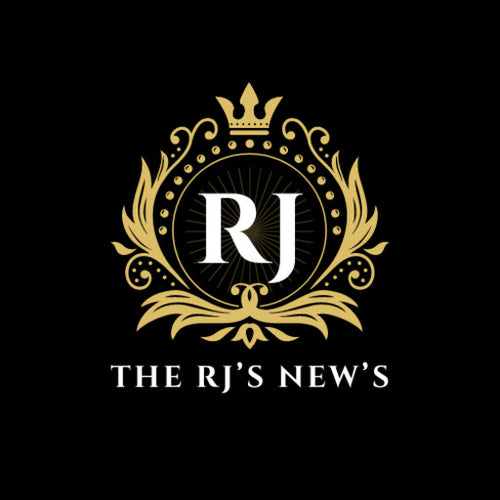
How Are Fashion Trends Determined? Discover the Secrets!
Share
Fashion trends are the heartbeat of the style world, influencing what we wear, how we express ourselves, and even how we perceive others. But have you ever wondered how are fashion trends determined? The answer lies in a complex interplay of various factors that go beyond mere aesthetics. From cultural shifts to technological advancements, the world of fashion is ever-evolving, driven by a multitude of influences.
At its core, the fashion industry thrives on innovation and creativity. Designers are constantly pushing boundaries, creating new styles that challenge the status quo. However, these trends don't emerge in a vacuum. They are often shaped by external factors such as social movements, economic conditions, and even political climates. For instance, the rise of sustainable fashion is a direct response to growing environmental concerns.
Moreover, the digital age has revolutionized how trends are created and disseminated. Social media platforms like Instagram and TikTok have become powerful tools for trendsetting, allowing influencers and celebrities to reach millions of followers instantly. This democratization of fashion means that anyone with a unique sense of style can become a trendsetter, further diversifying the fashion landscape.
Understanding these dynamics not only enhances your fashion knowledge but also empowers you to make more informed choices about your wardrobe. So why not take a step further and explore the latest trends yourself? Revamp your style with Therjsnews! Discover the latest trends and elevate your wardrobe today. Shop now for fashion that speaks volumes!
Role of Fashion Designers
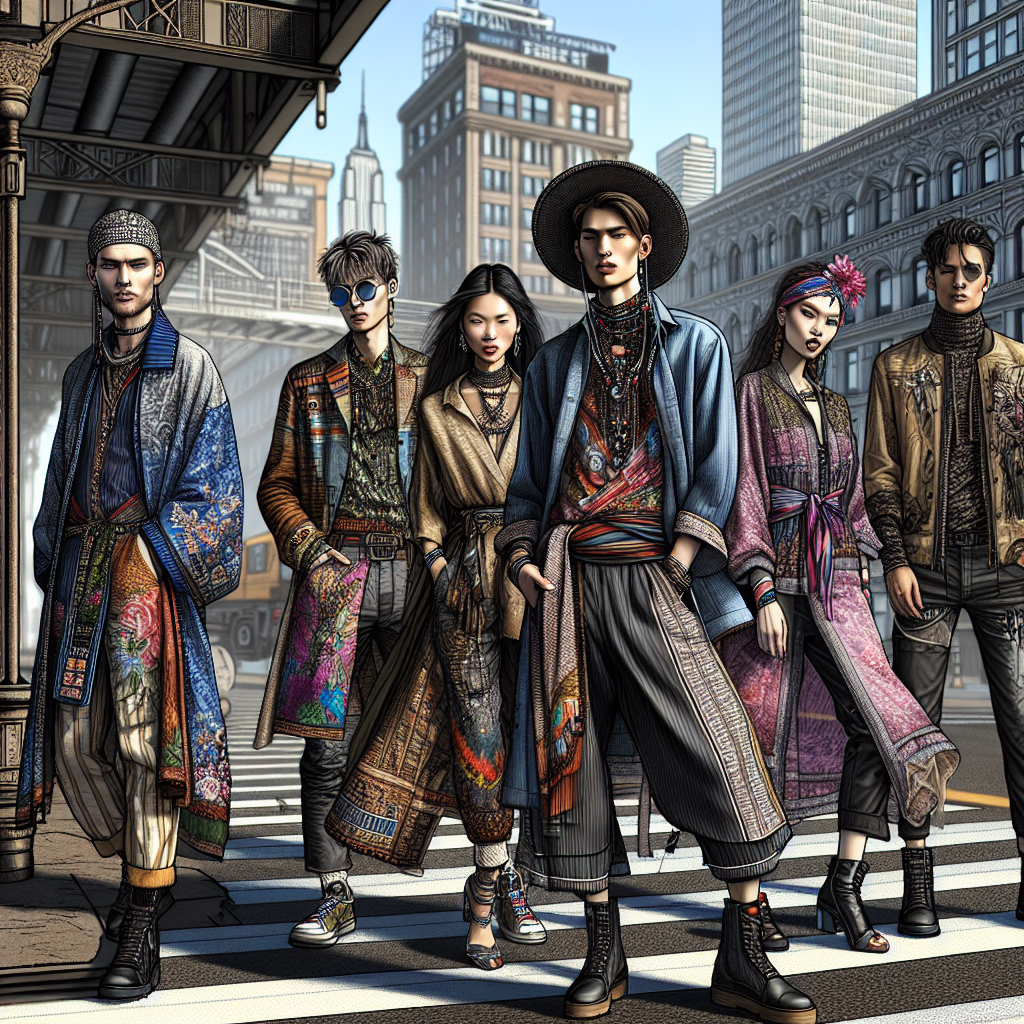
Fashion designers play a pivotal role in shaping the trends that dominate the industry. They are the creative visionaries who conceptualize and bring to life the styles that eventually make their way into our wardrobes. But how exactly do they influence how fashion trends are determined? It starts with their keen sense of observation and understanding of the world around them.
Designers often draw inspiration from a variety of sources, including art, history, culture, and nature. They attend global fashion weeks, where they showcase their collections and gauge reactions from critics, buyers, and the public. This feedback is crucial in determining which styles will gain traction and become trends. Furthermore, designers collaborate with textile manufacturers, accessory makers, and other stakeholders in the fashion ecosystem to create cohesive collections that resonate with current tastes and preferences.
Moreover, designers are adept at predicting future trends. They conduct extensive research, analyze market data, and stay abreast of emerging technologies and materials. This foresight allows them to create designs that not only reflect the present but also anticipate what will be in vogue in the coming seasons. For example, the integration of smart fabrics and wearable technology into clothing is a trend that many designers are currently exploring.
Ultimately, the role of a fashion designer goes beyond sketching and sewing. They are cultural commentators, trend forecasters, and innovators who shape the fashion narrative. Their ability to blend creativity with market insights ensures that the trends they set are not only stylish but also relevant and impactful.
Impact of Pop Culture
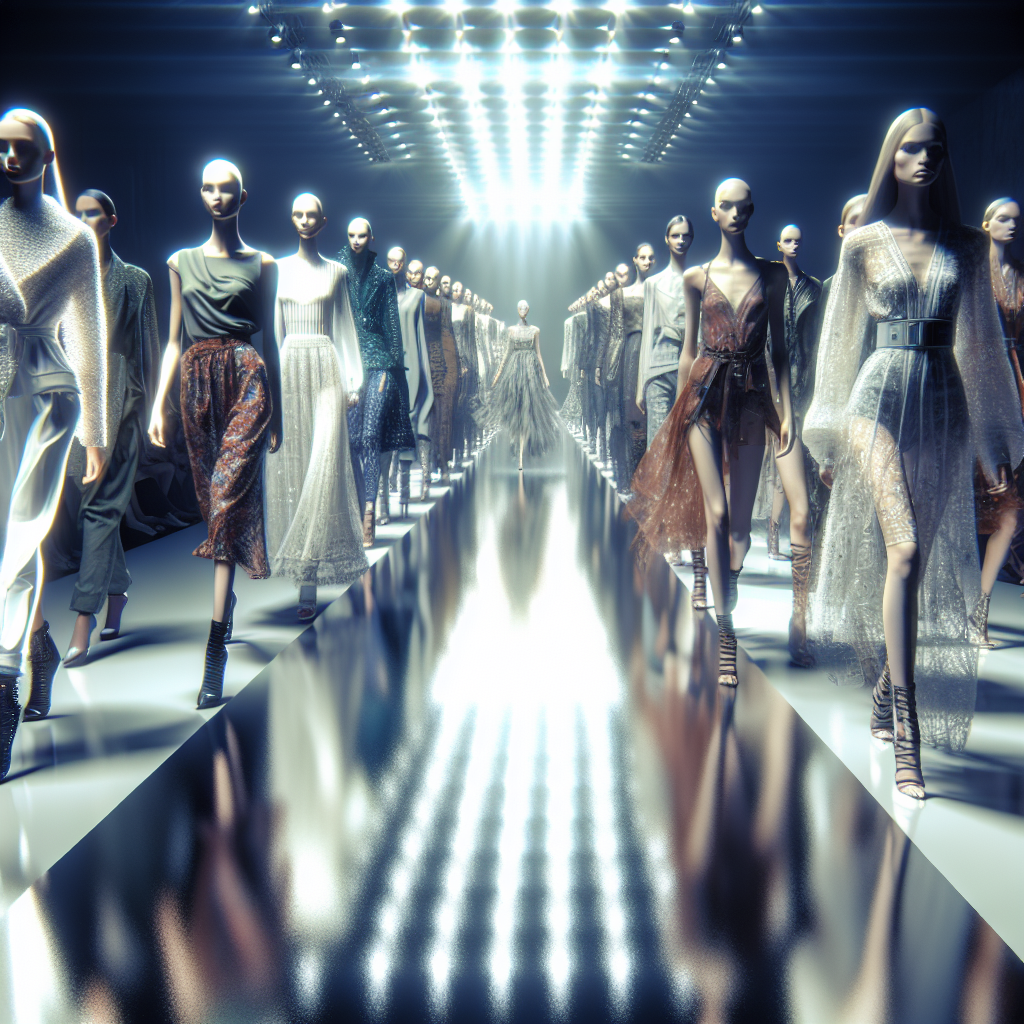
Pop culture wields tremendous influence over how fashion trends are determined. From celebrities to movies, music, and even social media, the elements of pop culture play a significant role in shaping the preferences and styles of the masses. One of the most direct ways pop culture impacts fashion is through celebrity endorsements and appearances.
When a well-known celebrity is spotted wearing a particular outfit or accessory, it often sparks a widespread desire to emulate that look. This phenomenon is not new; think of Audrey Hepburn's iconic little black dress in 'Breakfast at Tiffany's' or the grunge style popularized by Kurt Cobain in the 1990s. Today, with the advent of social media platforms like Instagram and TikTok, the influence of celebrities and influencers is even more immediate and far-reaching. A single post by a fashion-forward celebrity can lead to a surge in demand for specific items almost overnight.
Movies and television shows also serve as powerful vehicles for fashion trends. Popular series like 'Sex and the City' and 'Gossip Girl' have not only entertained audiences but also dictated fashion trends for years. Costume designers for these shows meticulously curate wardrobes that reflect and sometimes even predict fashion trends, making viewers eager to adopt similar styles.
Music and its associated subcultures are another critical aspect of pop culture that influences fashion. Genres like punk, hip-hop, and K-pop come with their own distinct styles, which often trickle down into mainstream fashion. The rebellious leather jackets of punk rockers, the oversized streetwear of hip-hop artists, and the eclectic, vibrant outfits of K-pop stars all find their way into everyday fashion, shaping what is considered trendy.
In essence, pop culture serves as a mirror reflecting societal shifts and preferences, which in turn, influence the fashion industry. As trends emerge from these cultural touchpoints, they are adopted, modified, and eventually become part of the broader fashion landscape.
Influence of Social Media
The advent of social media has revolutionized how fashion trends are determined, democratizing the way styles are created and shared. Platforms like Instagram, TikTok, and Pinterest have become incubators for new trends, offering a space where fashion enthusiasts, influencers, and brands can connect directly with a global audience.
One of the critical ways social media influences fashion is through the rise of influencers. These individuals, often with substantial followings, have the power to set trends by showcasing their unique styles. Unlike traditional celebrities, influencers are typically more relatable, which makes their fashion choices more accessible and aspirational for their followers. A single post featuring a new outfit or accessory can quickly go viral, leading to a spike in demand and a new trend being born.
Hashtags and challenges also play a significant role in trend creation on social media. For example, TikTok challenges that involve specific clothing items or styles can rapidly gain traction, propelling those items into the spotlight. Hashtags like #OOTD (Outfit of the Day) on Instagram allow users to share and discover new looks, creating a continuous flow of inspiration and trendsetting.
Moreover, social media offers real-time feedback and interaction, enabling brands to gauge consumer reactions almost instantly. This immediate feedback loop allows designers and retailers to adapt quickly to emerging trends, ensuring they stay relevant and responsive to consumer desires.
Social media also facilitates the rise of micro-trends, which can be highly niche but gain a devoted following. These micro-trends often originate from specific communities or subcultures online and can influence mainstream fashion over time. For instance, the 'cottagecore' aesthetic, which romanticizes rural life and vintage clothing, started as a niche trend on social media but has since gained widespread popularity.
In summary, social media has become an indispensable tool in the fashion industry, offering a dynamic and interactive platform for trend creation and dissemination. Its influence ensures that fashion remains ever-evolving, reflecting the diverse and changing tastes of a global audience.
Fashion Forecasting Techniques
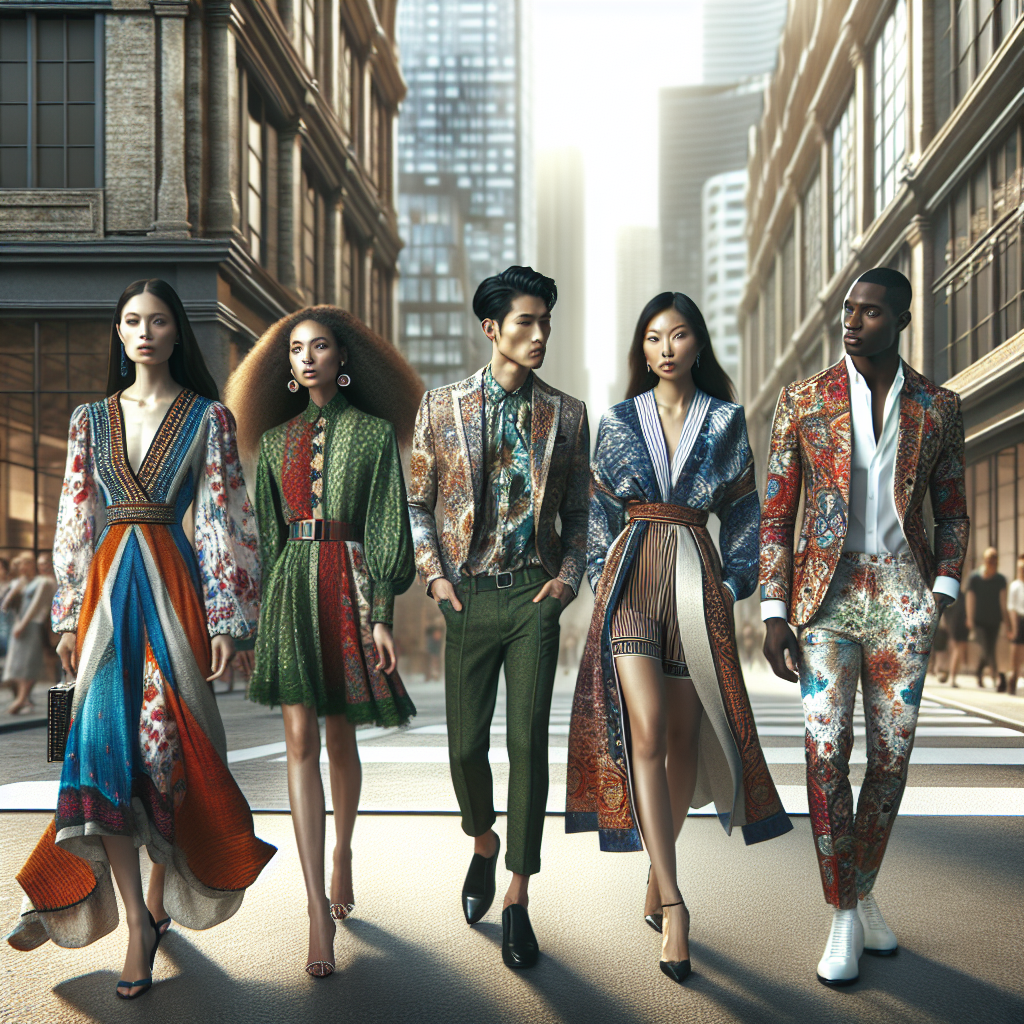
Fashion forecasting is both an art and a science, requiring a keen understanding of various elements that influence style. This intricate process involves predicting future fashion trends based on a combination of quantitative data and qualitative insights. Here are some of the primary techniques used in fashion forecasting:
1. Market Research: One of the foundational techniques in fashion forecasting is conducting thorough market research. This involves analyzing consumer behavior, purchasing patterns, and preferences. Surveys, focus groups, and sales data are crucial in identifying what consumers are currently interested in and how these interests may evolve.
2. Trend Analysis: Analyzing existing trends provides valuable insights into what might come next. Trend analysts look at past and current trends in fashion, art, culture, and even political climates to identify patterns and cycles. By understanding these cycles, forecasters can predict when certain styles are likely to resurface or fade away.
3. Cultural Observation: Fashion is deeply intertwined with culture. Forecasters observe cultural shifts, including changes in social norms, lifestyles, and values. Events such as art exhibitions, music festivals, and film releases can also significantly impact fashion trends. By staying attuned to these cultural markers, forecasters can anticipate shifts in fashion preferences.
4. Technological Advancements: Technology plays a pivotal role in shaping fashion trends. Innovations in fabric technology, sustainable practices, and manufacturing processes can give rise to new trends. For instance, the growing emphasis on sustainability has led to the popularity of eco-friendly fabrics and ethical fashion brands.
5. Influencer and Celebrity Impact: Influencers and celebrities often set the tone for upcoming trends. Fashion forecasters monitor the styles and endorsements of these trendsetters to gauge potential shifts in consumer preferences. Red carpet events, social media posts, and brand collaborations all offer clues about future trends.
6. Fashion Shows and Trade Fairs: Attending fashion shows and trade fairs is another essential technique in fashion forecasting. These events provide a first look at designers' upcoming collections and emerging trends. Forecasters analyze the themes, colors, fabrics, and silhouettes showcased to predict what will be popular in the coming seasons.
By combining these techniques, fashion forecasters can create comprehensive predictions that help designers, retailers, and consumers stay ahead of the curve. The goal is to capture the essence of upcoming trends, ensuring that fashion remains innovative, relevant, and exciting for everyone involved.
Consumer Behavior and Trends
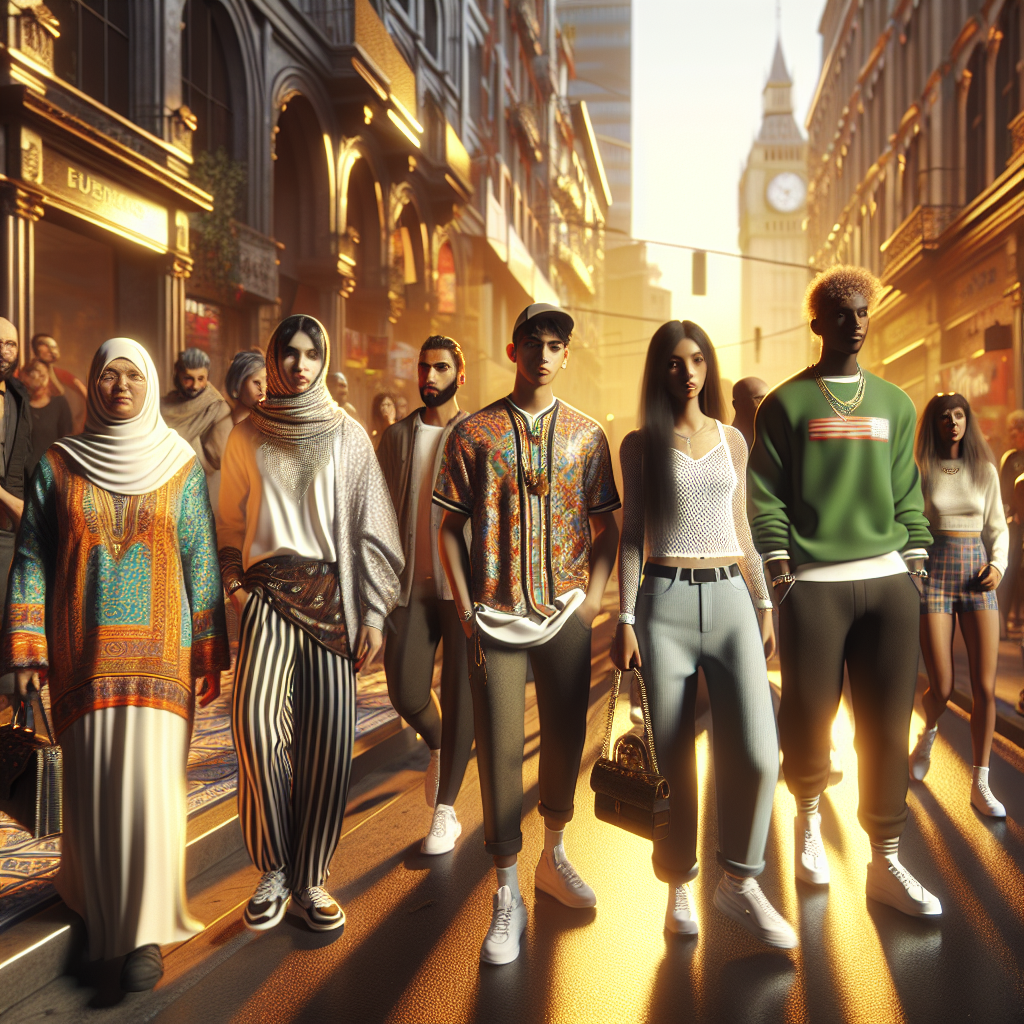
Understanding consumer behavior is crucial in determining fashion trends. Consumers are the end-users of fashion, and their preferences, habits, and attitudes significantly influence what becomes trendy. Several factors shape consumer behavior and trends, making it a dynamic and ever-changing landscape.
1. Social Media Influence: Social media platforms like Instagram, TikTok, and Pinterest have revolutionized how trends are spread and adopted. Influencers and fashion bloggers play a significant role in showcasing new styles and shaping public perception. When a new style goes viral, it can quickly become a widespread trend, thanks to the power of social media.
2. Economic Factors: The economic environment also impacts consumer behavior. During times of economic prosperity, consumers are more likely to spend on high-end, luxury items. Conversely, during economic downturns, there may be a shift towards more affordable and practical fashion choices. Understanding these economic cycles helps in predicting consumer trends.
3. Cultural and Societal Changes: Cultural and societal shifts, such as the increasing emphasis on sustainability and ethical fashion, play a pivotal role in shaping consumer behavior. There is a growing demand for brands that prioritize eco-friendly practices, ethical production, and transparency. These values are reflected in the rising popularity of sustainable fashion trends.
4. Personalization and Individuality: Modern consumers crave personalization and the ability to express their unique identities through fashion. Brands that offer customizable options and cater to diverse body types, styles, and preferences are more likely to succeed. This trend towards personalization has led to the rise of bespoke fashion and limited-edition collections.
5. Technological Integration: Technology continues to shape consumer behavior in the fashion industry. Virtual try-ons, AI-driven recommendations, and online shopping experiences have made it easier for consumers to discover and purchase new trends. Brands that leverage technology to enhance the shopping experience gain a competitive edge in the market.
By closely monitoring these aspects of consumer behavior, fashion brands can stay attuned to emerging trends and adapt their offerings accordingly. This proactive approach ensures that they meet the evolving needs and desires of their customers, ultimately driving success in the competitive fashion industry.
Revamp your style with Therjsnews! Discover the latest trends and elevate your wardrobe today. Shop now for fashion that speaks volumes!
